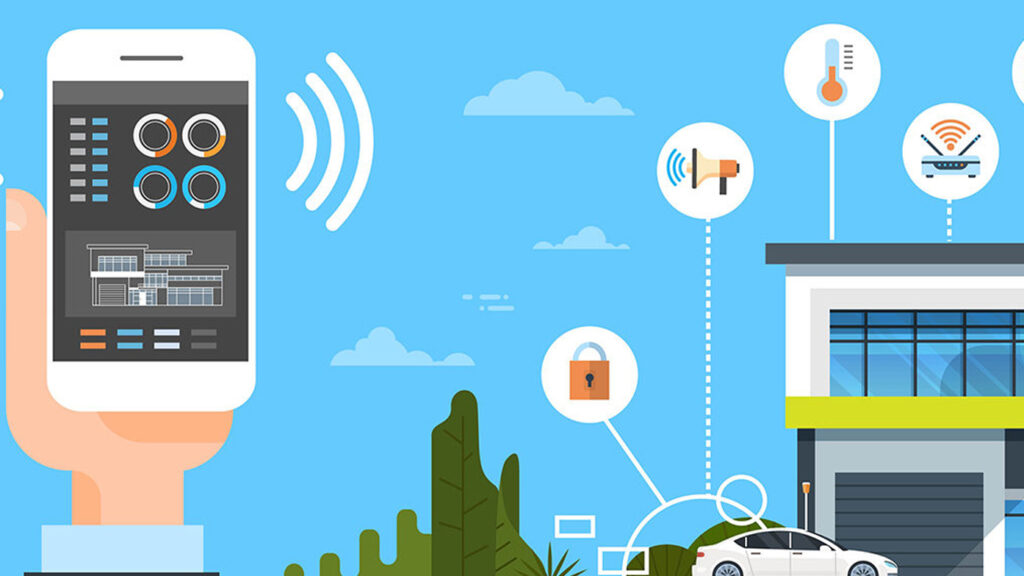In today’s world, there’s no doubt that energy-efficiency is a priority across all sectors and industries, and real estate is no different. LEED was introduced into mainstream commercial real estate (CRE) back in 2000 as a program and has become the world’s most widely-used green building rating system. It provides a holistic system for reducing environmental impacts, saving resources, creating sustainability and reducing carbon emissions. Many new developments are being built to LEED+ standards.
But what about existing buildings? LEED has a full certification for existing buildings, coined LEED EB. And while some building owners are taking this route, not all are. Retrofitting existing buildings to become energy efficient, while cost saving over time, is a big investment upfront. Enter energy trending technology systems, which assist buildings in achieving similar efficiencies at a fraction of the cost.
What is Energy Trending Technology and How Does it Help?
Space is limited in downtown urban cores in virtually all major U.S. markets. This means that most urban cores have a very small percentage of new buildings being developed. While many existing buildings are being renovated and redesigned with the focus of attracting talent and staying relevant, they are also being redeveloped to achieve a more sustainable footprint. Energy trending technology enables building engineers to monitor energy consumption in real time, so they can more effectively manage energy supply to meet, rather than exceed, the demand. The technology also allows for minute fine tuning for a more comfortable control for tenants with can save on energy costs ranging from 25-40% for existing buildings. Many technologies can also send alerts to engineers that anomalies are taking place. These anomalies represent a potential warning that equipment is starting to fail, enabling building engineers to proactively respond before a failure occurs. Not only does this save money and time in equipment replacement, but this predictive response also means that tenants see less down time.
The Top Green Technology Platforms
There are a handful of energy trending technology platforms to achieve these advancements in a building’s management and sustainability. A favorite of Colliers’ National Engineering Manager, Jeff Gerwig, is SkySpark. Its performance monitoring systems utilize custom-developed, performance-based “sparks” to identify and quantify both operational and energy performance issues throughout each facility. The program delivers user-friendly tools and automated reporting to property managers for performance organization, historic data analysis and the analysis of new trends developing. It also provides custom key performance indicators (KPIs) to evaluate how the technology is performing across client-driven metrics.
“We implemented SkySpark for one of our clients, a Northeast Ivy League university with a portfolio spanning four sites totaling more than 182,000 square feet, which automated their energy reporting and helped identify and eliminate approximately $12,000 annually in performance issues,” says Jeff. He continues, “We also implemented this technology in the Washington, D.C. market for federal government facilities, historical sites and tourist destinations, which included more than 15 million square feet across 20 sites, capturing more than $1.1 million in identified savings in 2017.”
Of course, SkySpark is not the only option out there for energy trending technology platforms. Clockworks, an automatic analytics and fault-detection software, was deployed for a global Fortune 500 biotechnology company platform who has a portfolio spanning 74 buildings in three countries with a total of 8,100,000 square feet and 15,000,000 daily data points. Since introduction of this technology, the client has achieved more than $1,800,000 in realized annual savings.
The Future of Green Technology
Over the next few years, we will not only see a growth of more CRE performance modeling and energy trending tools being offered, but we will also see artificial intelligence (AI) assist in tracking asset performance and calculating exactly when and how tenants use a given space. This AI data will track metrics such as occupancy, lighting levels and mechanical operations to compute and automatically adjust energy consuming equipment. Incorporating AI within energy trending technology offerings will reduce programming errors and eliminate delayed repair responses to performance alerting, which will ultimately equate to even more operational cost savings realized. While this cutting-edge technology is proven to reduce operating costs and improve tenant experiences, it’s also opening the possibility of risk for security breaches or hacking. The future of green technology will incorporate cyber security threat detection with real-time alerting.
This article was written by the U.S. Colliers Editorial Board, whose mission is to produce new and noteworthy commercial real estate thought leadership pieces to create conversation around proactive content. The Editorial Board focuses on CRE trends in the United States, and is comprised of Colliers marketing, research, communication and service line leaders.

 Colliers Insights Team
Colliers Insights Team

 Anthony Shell
Anthony Shell
 Andrew Steele
Andrew Steele
 Aaron Jodka
Aaron Jodka Michelle Cleverdon
Michelle Cleverdon